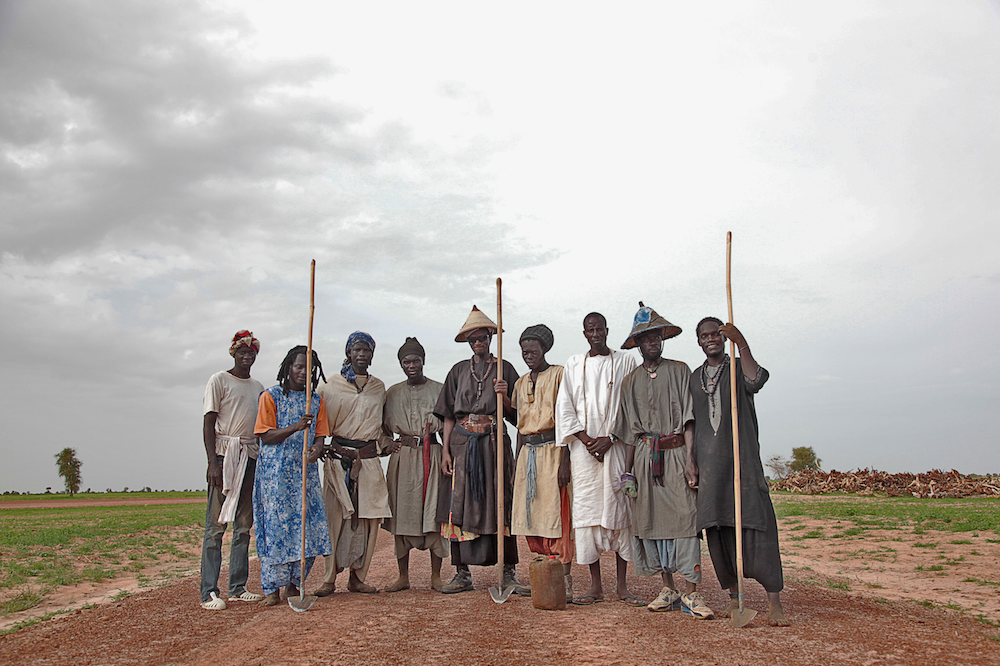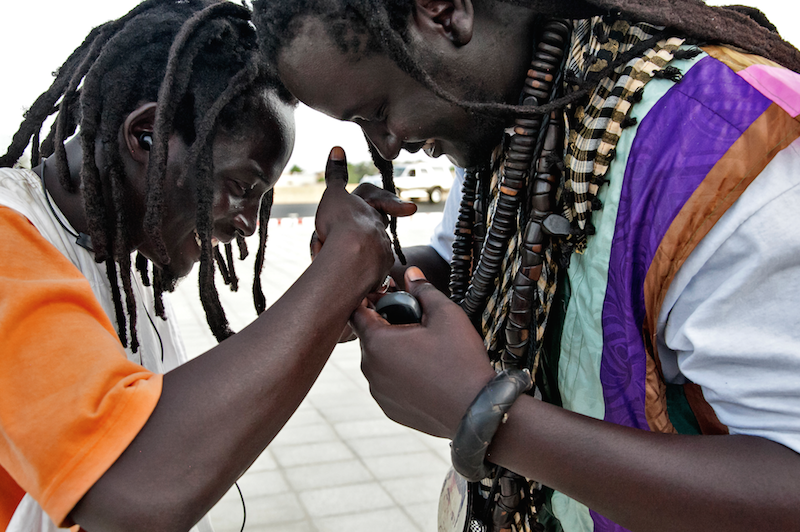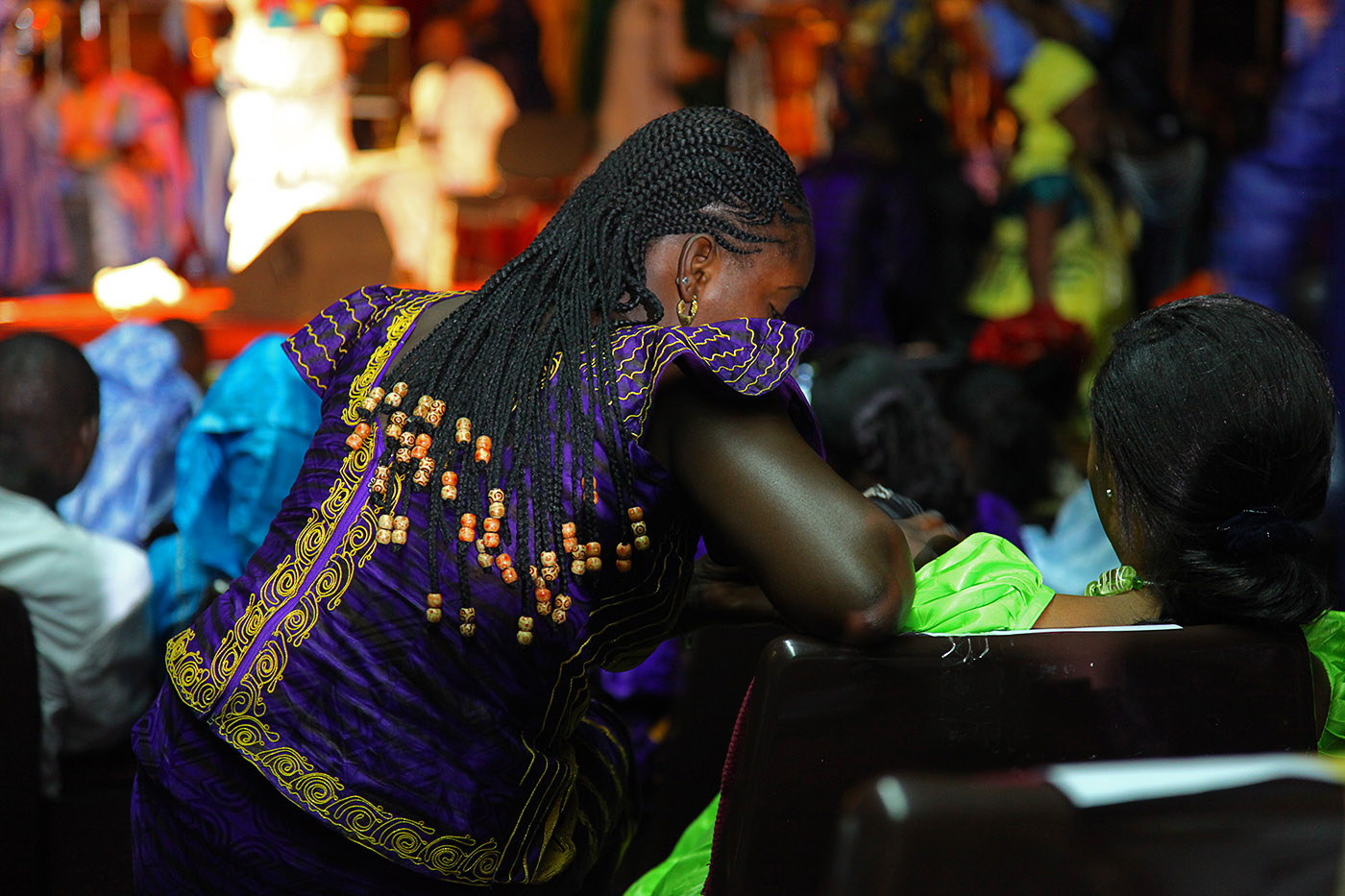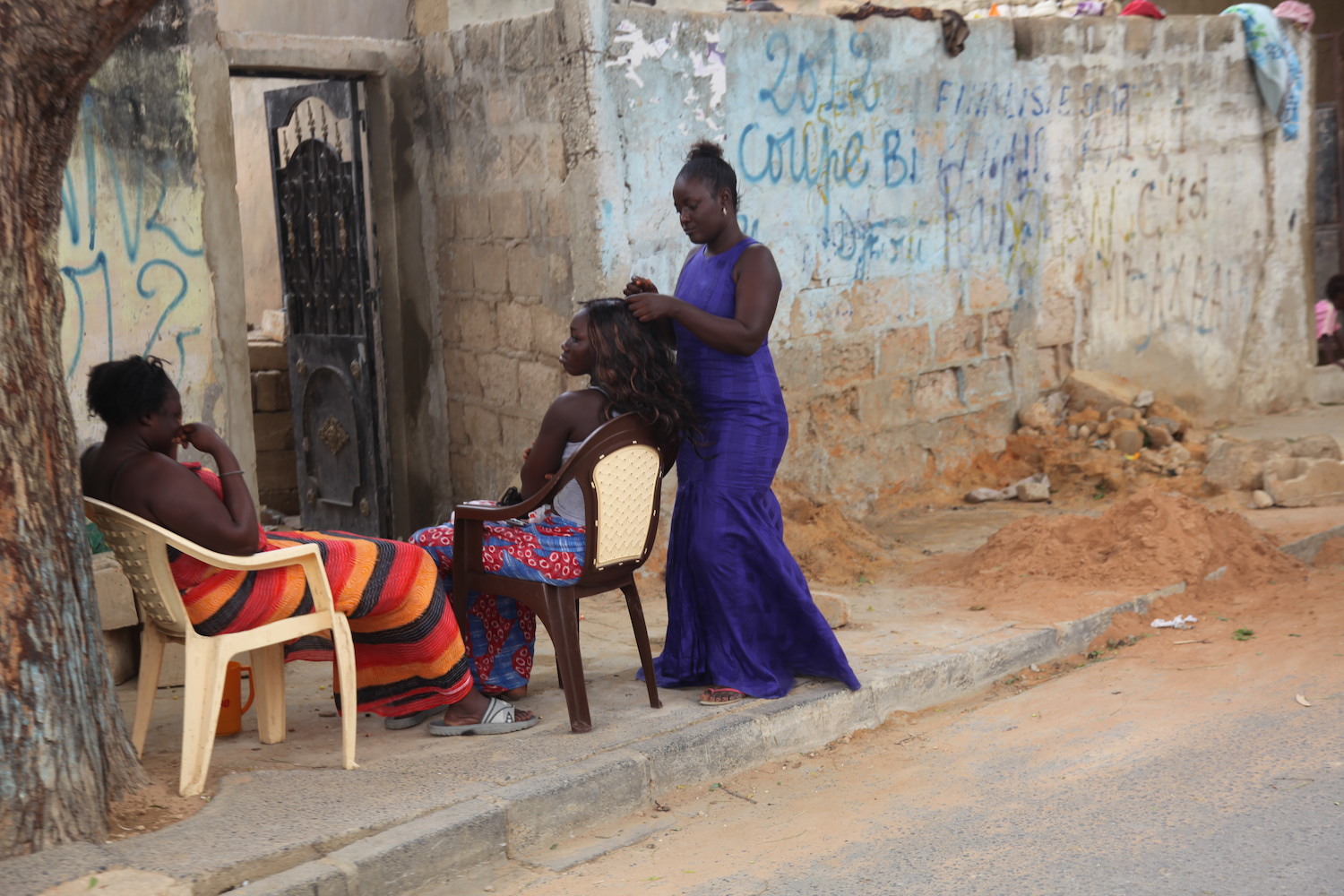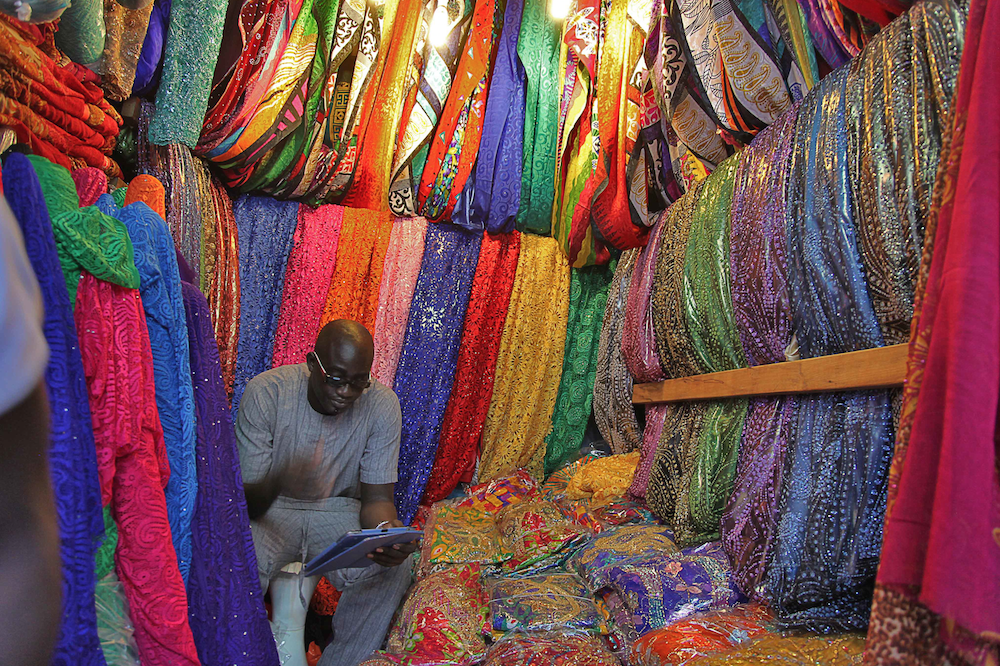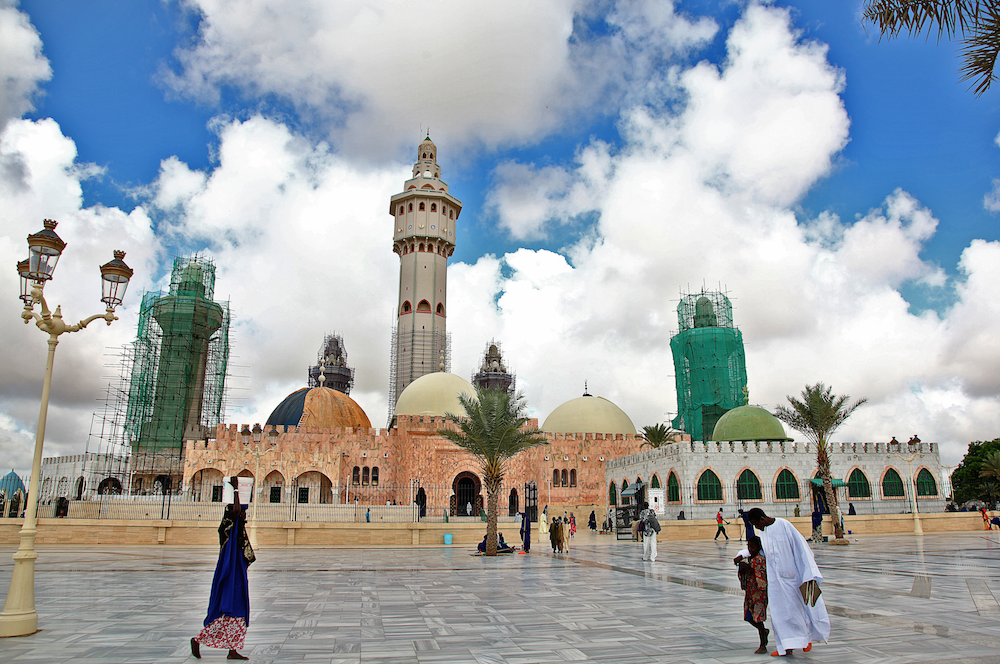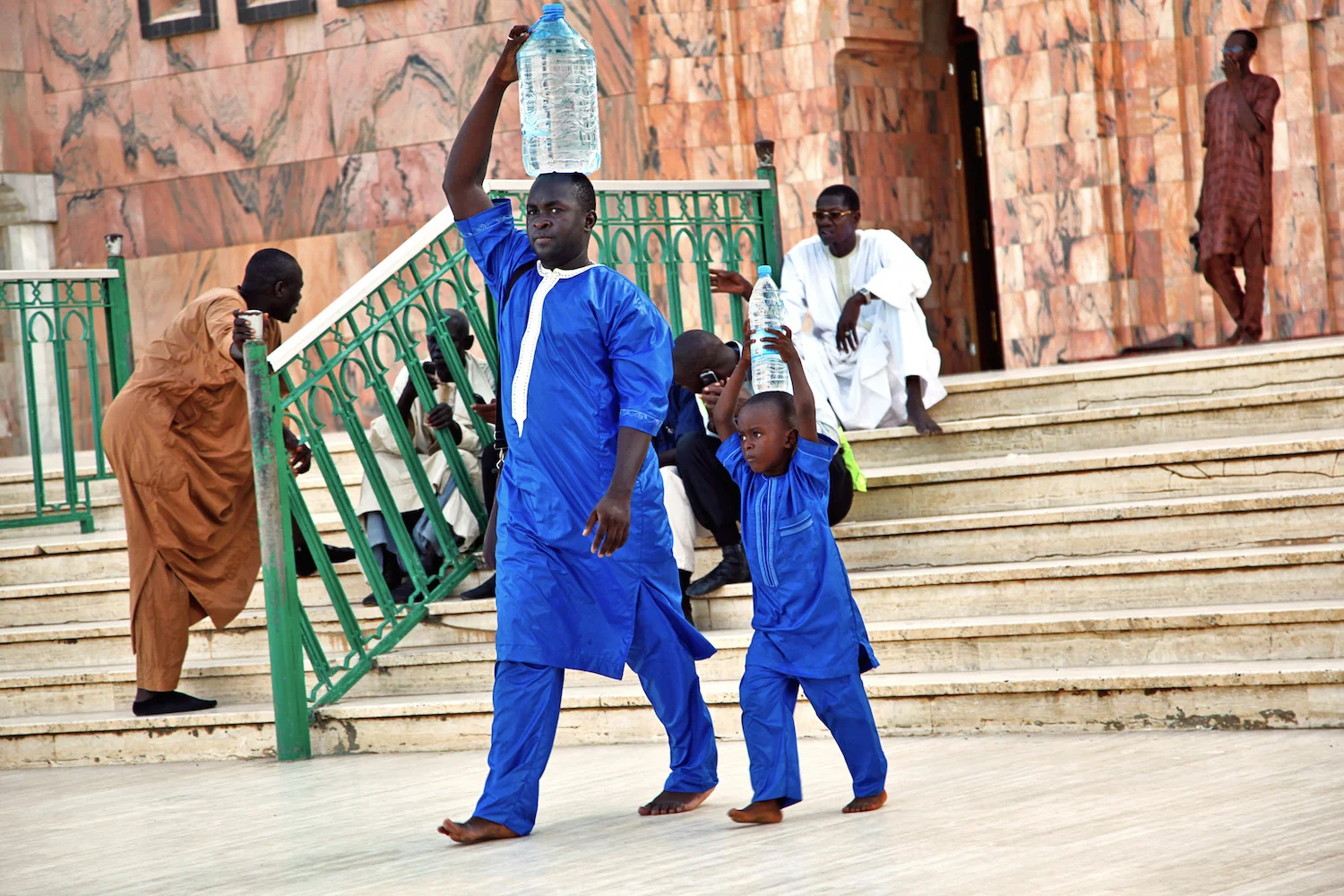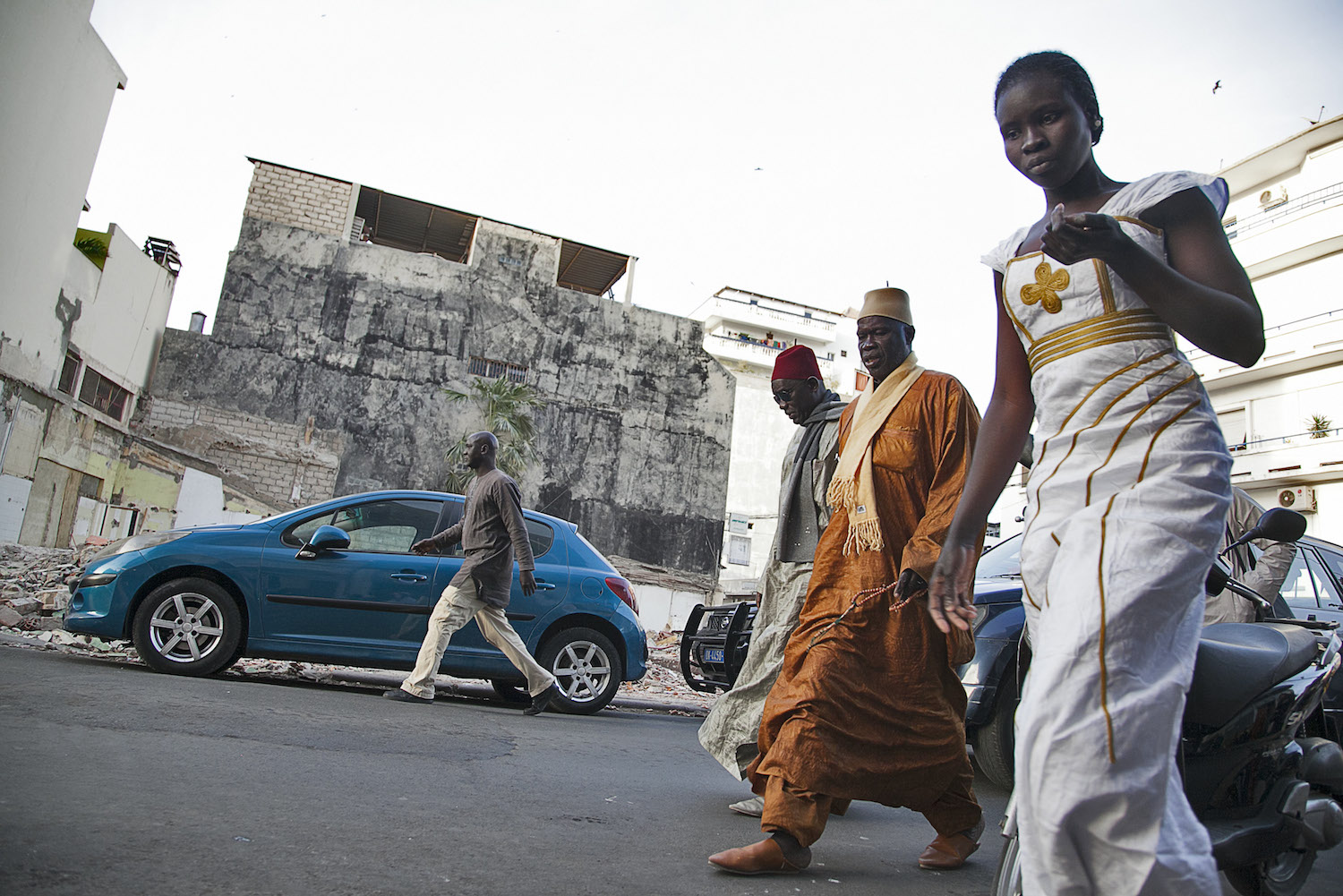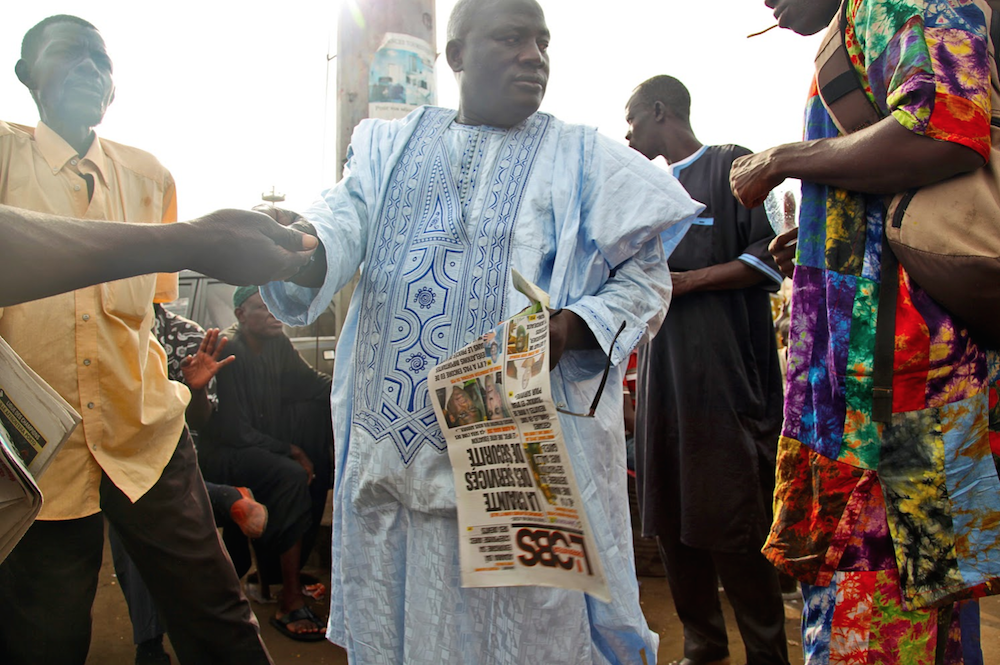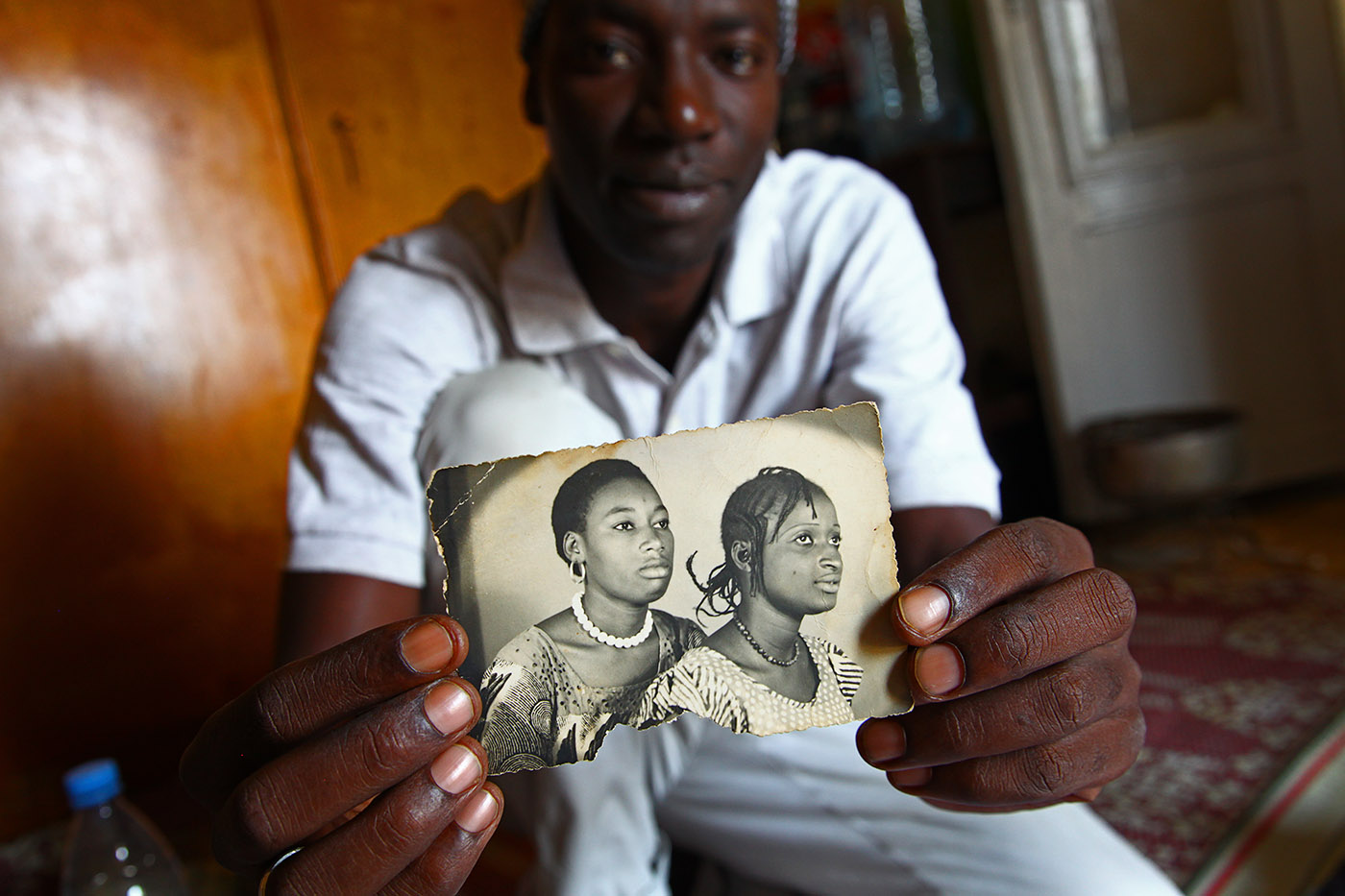Introduce yourself!
My name is Laylah Amatullah Barrayn, I am a portrait and documentary photographer; I’ve been dedicated to this work for about 18 years, creating my first series at age 17. What I love the most about travel is how intensely present I feel when I’m away from home. Being in the ‘now’ is such an incredibly peaceful feeling. Much of my recent travels have been around photo projects; I really love learning on-the-ground, through the process of engaging and experience.
In a recent Washington Post feature, you stated that prior to your most recent trips to Senegal in 2013 and 2014, you spent some time living in the capital, Dakar. What sparked your interest to move there from New York City?
Initially I headed to Dakar to study abroad. I thought it would be a fantastic idea and it certainly proved to be a more powerful experience that I could have imagined. I was able to learn so much about the political and social environment in West Africa before colonial times. I learned so much about the Senegambian region, the Fouta and Sahel and historical figures like Lat Jor and Umar Tall. It was incredible.
How does photography influence your travel experiences?
I enjoy sharing the stories behind the images. Before social media, smartphones and digital swag, lol, I’d carry around prints in mini-albums and speak with anyone who’d listen. I really miss engaging that way. Especially regarding my travels within Africa. I’ve always been serious about sharing images and stories that provided a nuanced perspective to what is commonly known about the African continent.
Did you have any expectations or preconceived notions about the cultures you would be exposed to? How did they differ from the way the cultures actually were?
As a student and lover of continental African history and diasporan history, I felt I had a grasp of what I was about to experience. I’m also Muslim and I believed that since I was traveling to a country where the majority of the population is Muslim, I might have some familiar experiences, which I did. But, there were some cultural aspects to Senegalese society that were new: how valuable your word is, how the definition of ‘time’ was fleeting and fluid; how generous and communally people related to each other. I also really enjoyed experiencing a completely different set of beauty standards independent of Western influence. I loved to see what ‘dressed up’ looked like and it was fabulous and fun.
There is so much to say about Senegalese history and culture. I really enjoy being in Senegal and immersing myself. With regards to the Baye Fall and Yaye Fall, I’m extremely thankful that I can create this visual conversation about their history and lives. The Mourides really do have a complex history as it relates to the land and politics. The Washington Post article didn’t go much into detail about the Baye Fall’s agricultural stronghold which put the French colonial forces in a position of struggle, another fascinating part of history. There’s also incredible stories behind their fashion and stories about Bamba the scholar, poet, leader. I’m looking forward to exhibiting this work so that I can share as much as I can with the viewers.
What recommendations can you share for future travelers interested in visiting Senegal?
Travel is so personal and people journey to other lands for many reasons. I feel it’s very important to be open. Engage the land, walk the streets, eat locally (certainly try the national dish, Thiéboudienne), learn some Wolof, venture to some towns outside the major cities using local transportation (such as share taxis known as sept place). Certainly go see some live music, at Just 4 U or Youssou N'Dour's nightclub Thiossane. Ask many questions about culture and family histories. Try to get into a Sabar party, they are very private, but if you can do that it’s an incredible experience. I also strongly suggest a visit to Ngor Island for a lazy afternoon experience, so relaxing.
What cities did you visit on your most recent trips to the country? Were there any major similarities or differences in culture as you went from city to city?
I’m currently back in Senegal now finishing up this series on the Baye Fall which will open in New York City in June and in Italy in May. As with most of my trips to Senegal, I usually base myself in Dakar. Within Dakar, I like to try out different neighborhoods to experience different flavors of the city. Many of the relatively larger cities in Senegal (Thies, Mbakke, Rifisque) all remind me of one another, but have some distinctness to them. Touba is distinct due to its tremendous political history and being a center for the Mourides and Baye Fall. I think Saint-Louis (Ndar in Wolof) is a very distinct. It was the former colonial capital so the architecture is incredibly French, you could even think that you were in New Orleans if you had a wild enough imagination. Walking through Saint-Louis is a bittersweet experience: it is a UNESCO World Heritage Site, so I think there could be more attention given to the city.
What were some of your favorite culinary experiences?
There is incredible ice cream in Dakar and the best mangoes in the world. What I enjoyed the most is experiencing the variations of Thiéboudienne, which is the national dish that has origins in Saint-Louis. I’ve had this dish in 4-star restaurants, in small ‘shacks’, I’ve had it prepared by a chef at home. I’ve had the ‘red’ version and the ‘white’ version. I had it with one type of fish then I’ve had it with 4 types of fish (the chef was trying to impress the guests). In Senegal, I’ve also been able to taste Ivorian, Malian and other regional dishes that aren’t readily available in New York City where I’m based.
What advice can you share for how best to approach a potential subject?
Although there are photography masters that came from that region (Seydou Keita and Malick Sidibe of Mali) and the great Mama Casset and Oumar Ly of Senegal, who have created beautiful and important images, photography has a complex history as it related to colonial times. The French used the photograph to document and categorize the ethnic communities. So the association with outsiders coming to photograph doesn’t incite the best collective memories. I try to be as engaging as possible with the individuals I wish to photograph, which usually involves breaking bread, spending extended amounts of time with them, or at the very least, sharing their picture with them. That helps with them knowing that there is positive intentions behind my photography work.
What would you like people to know about the cities you visited and the cultures you were exposed to that the media does not show?
I think many people would be surprised to find a significant surfing culture on the coastal cities. There’s so much to say. Senegalese people take the concept of ‘terenga’ very seriously, they are very hospitable. I don’t think I’ve ever been to a more comfortable place.
Travel has a tendency to look very glamorous, though that is not always the case. What types of challenges did you face throughout your trip, and how did you overcome them?
Challenges are relative. I know there are some situations in Senegal that might be inconvenient, like traveling by donkey, power outages or having your car break down in the middle of the desert. Everything is relative. I’m very easy going and I pack light, that’s how I overcome things!
What are some of your most memorable moments looking back?
Again, everything is relative. I tasted my first mango in Senegal. I was 19. After I ate it, I went back to the woman and bought her entire cart of mangoes. It’s a simple memory, but it cracks me up. I remember when I first landed, I turned on the radio of my Walkman and Wu-Tang was playing! I have so many good memories, I can go on. I just really love Senegal.
What’s next for you? Do you have any final words of advice?
Personally and professionally I’m quite pleased with the way things are going. Most of my time is used for preparing for future exhibitions and scheduling travel, it’s a labor of love! I’m really appreciative that I’ve received grants for new projects, I live for creating new work. I’ll be spending a good amount of time in the Middle East for my next project. I’m loving it, life is good and I am thankful.
To keep up with Laylah's works, travel and photography be sure to visit www.Laylahbarrayn.com and follow her @Laylahb on Instagram.
Images Courtesy of Laylah Amatullah Barrayn


